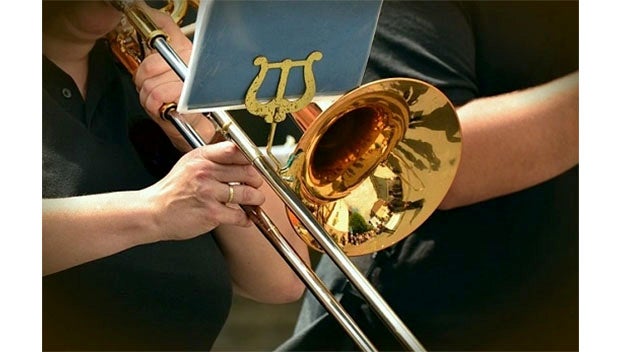The Garden Muse — Herb garden history
Published 2:00 pm Thursday, November 17, 2022
|
Getting your Trinity Audio player ready...
|
Most people believe herbs are strictly grown and used primarily in the preparation of food and that belief is incorrect. The earliest uses of herbs were medicinal.
I suspect that many people have plants growing in their gardens today that they do not realize are indeed herbs. The Herb Society of America’s Encyclopedia of Herbs definition is “In addition to herbaceous perennials, herbs include trees, shrubs, annuals, vines, and more primitive plants such as ferns, mosses, algae, lichens and fungi.”
Herbs have been around and closely tied to self-sufficiency of society for a long time. The Egyptians had herb gardens dating back 4,000 years. Thiers were primarily grown for medicinal purposes. Over time the Egyptians also used herbs for culinary and decorative purposes. The Native Americans used herbs and still do mostly for medicinal purposes.
Early Christians used herbs in exorcisms and to ward off demons. The Chinese also have a long history of growing herbs for medicinal purposes. Their traditional medicine evolved from plants and is still very closely entwined in herbalism today. The Chinese worked hard to eliminate superstitions regarding herbs and stress their practical uses when they wrote the Canon of Medicine in 2500 BC. A good example of this is the chrysanthemum. By demonstrating how this plant could be useful, beautiful, and virtuous depending on the species. Today the uses for chrysanthemums still include medicinal, edible, beauty/display and economically as a pesticide (pyrethrum.)
In Medieval times in addition to their medicinal uses, herbs were starting to be recognized more for their culinary and decorative uses. It was during this period that herbal ‘physic’ gardens were grown to be used specifically in the teachings of botany & medicine.
It was not until the 17th and 19th centuries that the “formal” herb garden was developed, and France featured some of the finest. Grand hedges, geometric foundations, statuary, and paths consisting of hardscape and plant materials all incorporated stunning visual interest in all seasons. Most herb gardens today have evolved from the formal herb gardens of yesteryear.
Dawn Conrad is a Virginia Cooperative Extension Master Gardener, Herbal enthusiast, Writer and Fiber Artist. She can be contacted at dawn@mygardenmuse.com.



